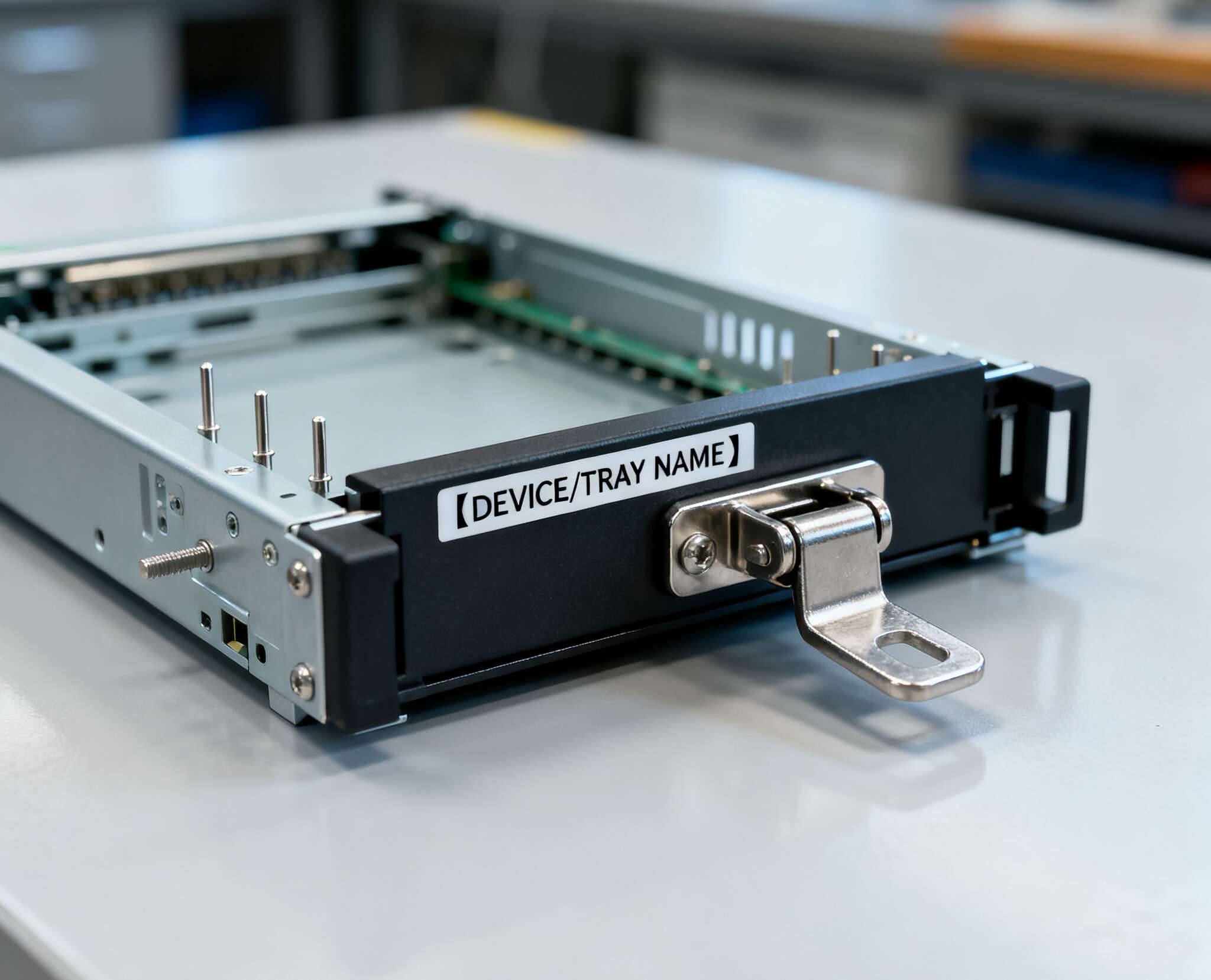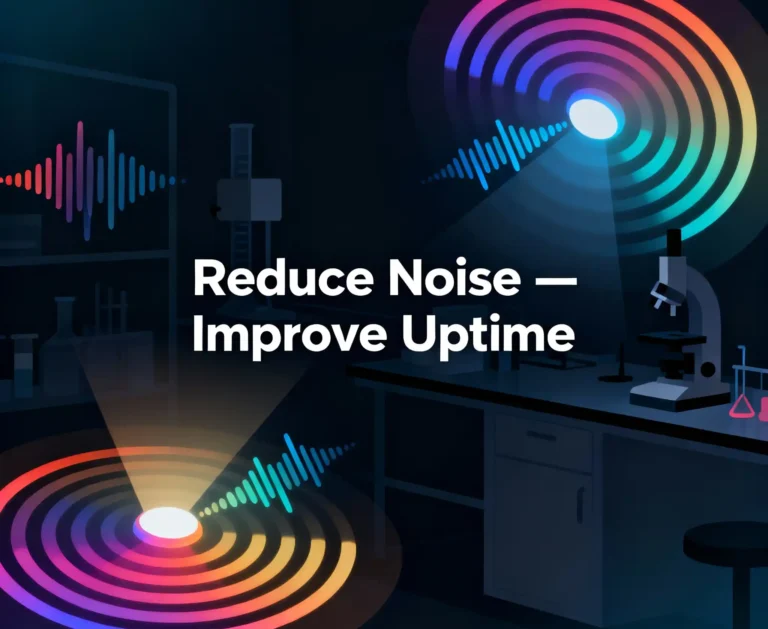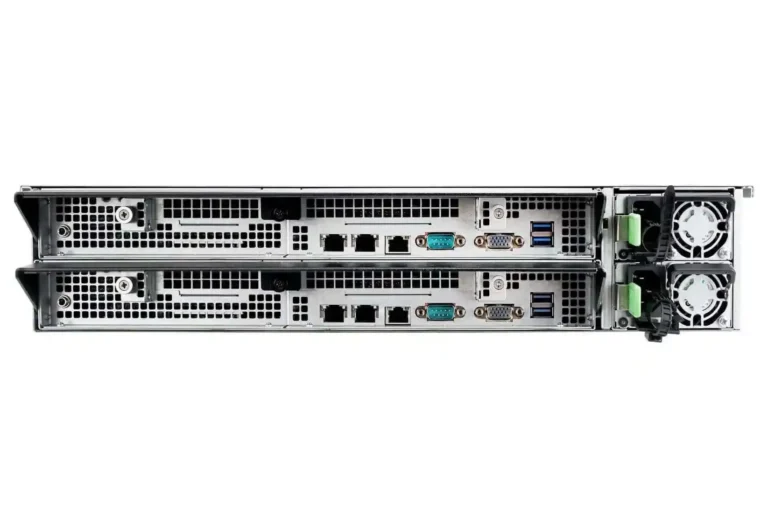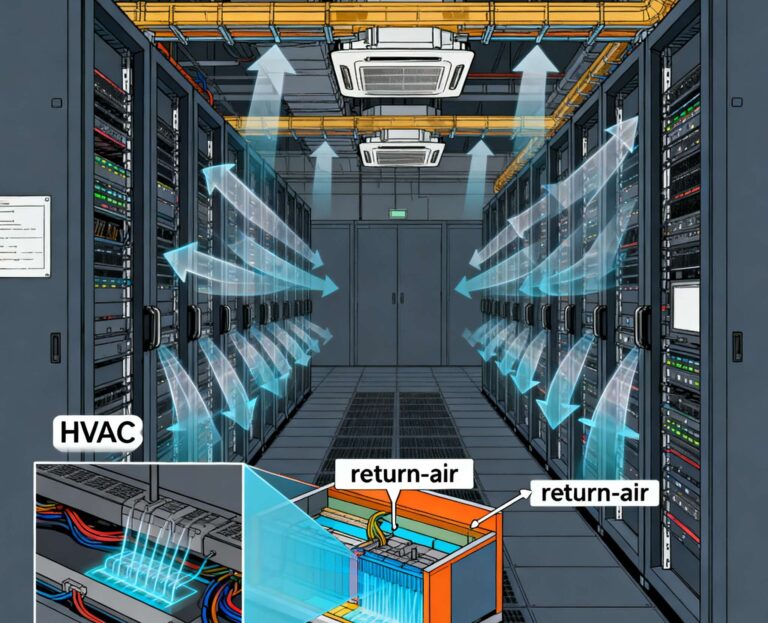IStoneCase — The World’s Leading GPU/Server Case and Storage Chassis OEM/ODM Solution Manufacturer.
If you live with downtime, you pay for it twice: in lost SLA and in grumpy users. So let’s talk plain: independent trays and hot-swap design turn field service from “rip it all out” to “pull one sled, keep running.” This isn’t theory. It’s how modern server pc case and server rack pc case builds stay online while you swap parts, scale capacity, and roll upgrades with less fuss.
Dual-Node Server Case: independent trays, independent life
When you split compute into independent trays (sleds) inside a chassis, you shrink the fault domain. One tray fails? You yank that tray. Everything else hums. That’s the whole trick behind a dual-node enclosure.
- Explore the line: Dual-Node Server Case
- High-capacity variant: Dual-Node Server Case 2400TB
Why it matters: hardware becomes CRU/FRU-friendly (customer/field replaceable units). Pair it with blind-mate power and a backplane that manages signal integrity, and your tech can service gear in the hot aisle without a full shutdown.
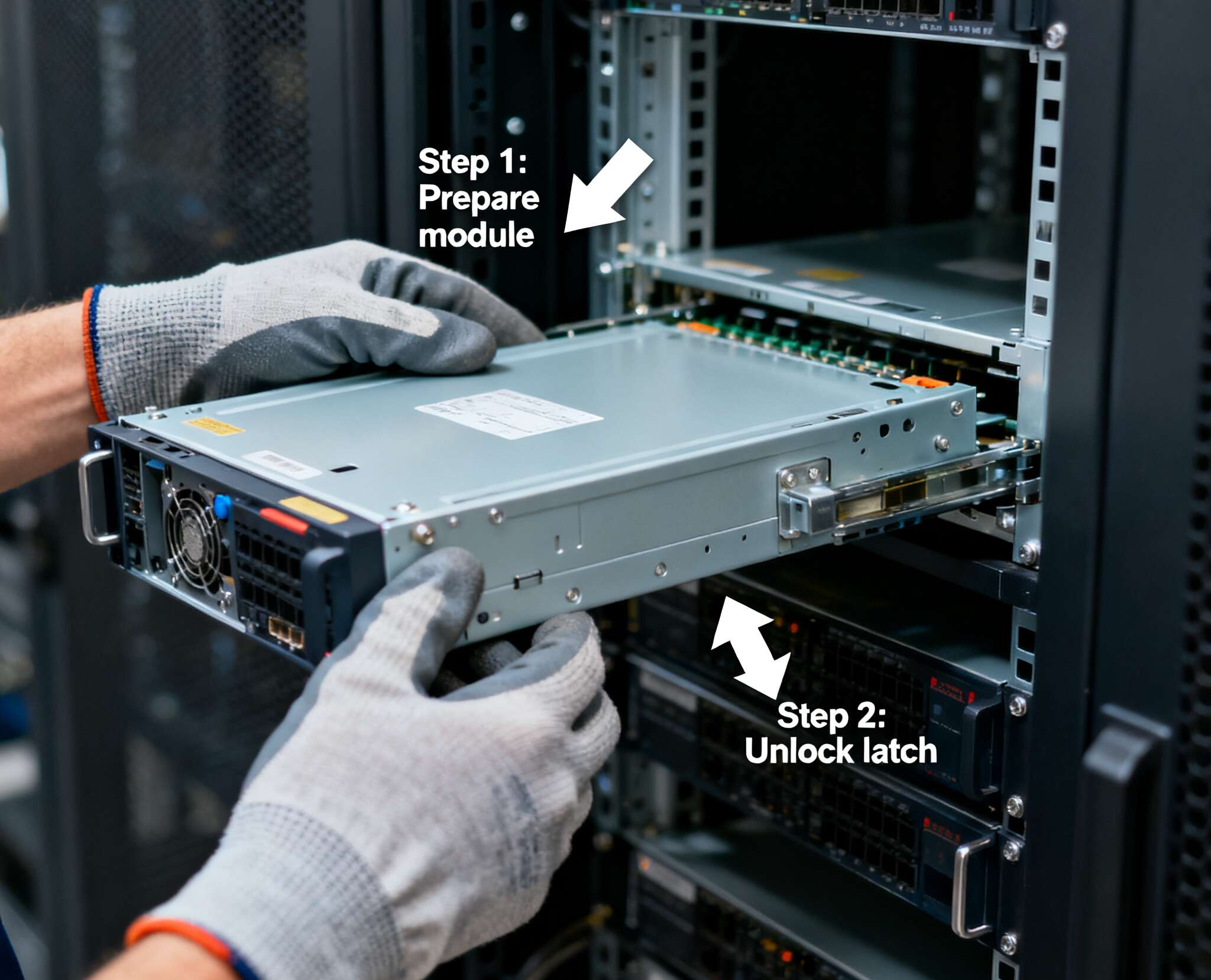
Hot-swap design in a computer case server: fans, PSUs, and drives
Hot-swap means you remove and insert a module under power. No awkward handshakes, no rushed reboots. In a computer case server, this usually covers:
- Fan trays with quick-release rails (keep airflow spec while replacing a motor).
- PSUs with N+1 or N+2 redundancy (hold load while one module leaves).
- Drive carriers (SATA/SAS/NVMe, U.2/U.3/EDSFF) with latch-and-go action.
Put it together and you shave MTTR to near “coffee-break” length. Not exact minutes; just fast and repeatable.
Real-world scenarios you actually run into
- “One node spiked and froze.”
You slide out a single sled, run BIST, re-seat DIMMs, swap a fan or SSD, and slide it back. The neighboring tray keeps serving traffic. - “Cap upgrade Friday night.”
Pop in an extra drive pack on the Dual-Node Server Case 2400TB. No data center fire-drill, no forklift OS migrations. - “Edge site with no spare rack space.”
Independent trays in a compact server rack pc case let you rotate nodes for patching while staying live. Truck-roll turns into a short visit, not a camp-out. - “Fans screaming at 3 a.m.”
Swap a hot-plug fan tray. Airflow profile stays in spec, you don’t cook the VRMs, and you don’t scare the NOC.
Table — Arguments, fix-what-hurts, and where it lands at IStoneCase
| Argument (keyword-accurate) | What it solves (pain) | Where it maps at IStoneCase | Notes from the field |
|---|---|---|---|
| Independent trays in a dual-node server pc case | Shrinks fault domain; one-node repair | Dual-Node Server Case | Swap a sled, not a rack; fewer change windows |
| Hot-swap fans / PSUs / drives | MTTR drops; fewer “all-hands” outages | Dual-Node Server Case 2400TB | Keep power path N+1; use keyed handles, good |
| Front-accessible drive backplane in a computer case server | No top-cover circus; faster adds/moves/changes | Dual-Node Server Case | Avoid cable spaghetti; use blank fillers to steer airflow |
| Blind-mate connectors & guide rails | Fewer bent pins; safer swaps under load | Customization Server Chassis Service | Rail spec matters; align to SOP and ESD rules |
| Sled-level telemetry (temps, RPM, PSU state) | Triage faster; dispatch the right spares | Customization Server Chassis Service | Tie into your DCIM; LED states must be human-readable |
| Modular storage packs for atx server case | Easy capacity scale; predictable BOM | Dual-Node Server Case 2400TB | Keep mixed-media trays tagged; document slot maps |
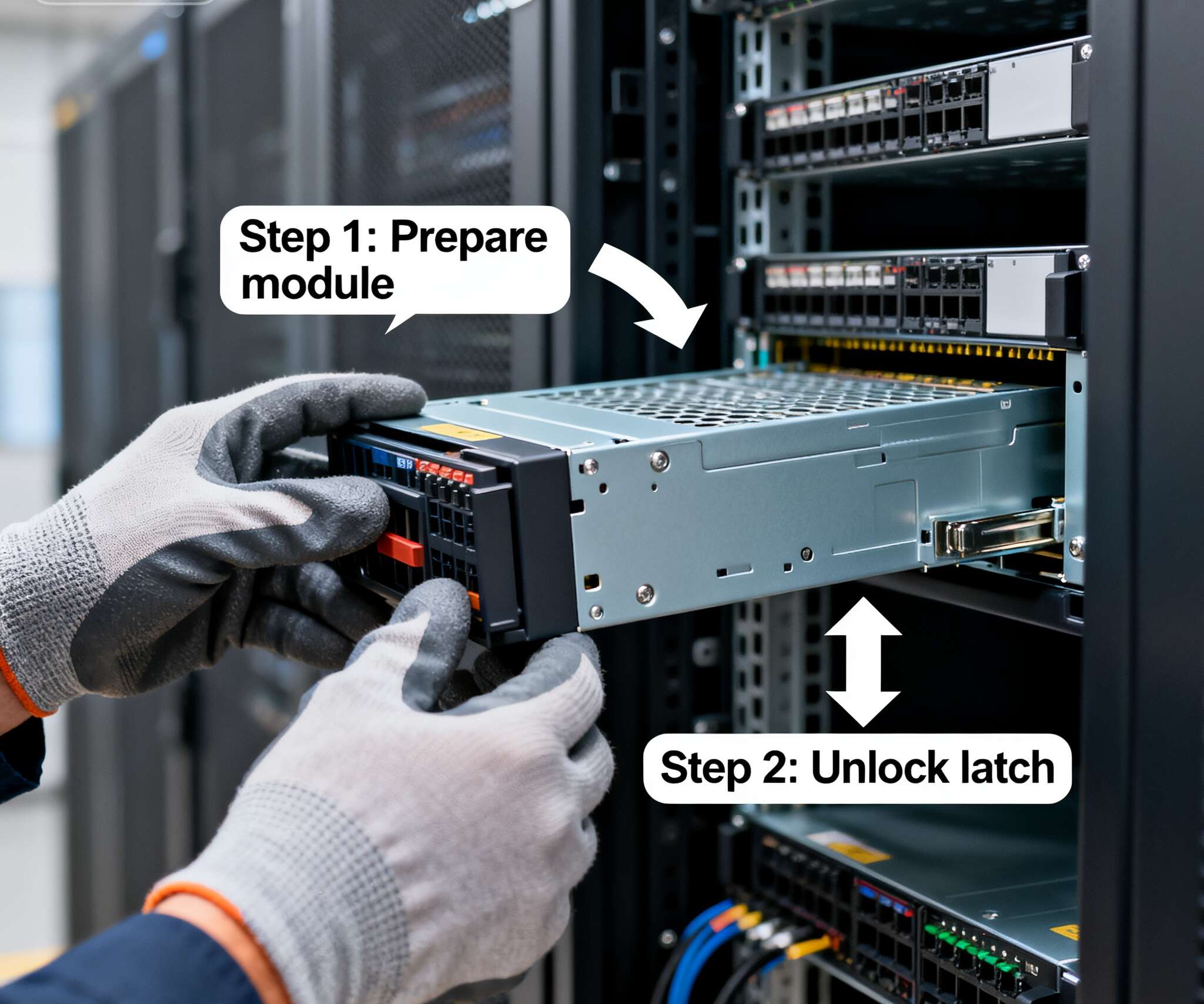
Buying checklist for an atx server case (and friends)
- Sled mechanics: solid guide rails, positive latches, and blind-mate PSU/power bars. Don’t fight friction; your techs will hate it.
- Hot-swap proofing: backplane with inrush control and proper power sequencing. Fans must be hot-swappable without tearing the shroud.
- Front serviceability: everything you touch weekly sits front-accessible; cold aisle wins.
- Labeling & LEDs: unambiguous fault lights; slot IDs that match your CMDB.
- SOP fit: trays, carriers, and screws match your spares kit. Zero exotic fasteners, pls.
- Airflow discipline: blank panels in empty bays; no “free air” shortcuts that wreck static pressure.
- Rack ergonomics: handles you can grip with gloves, rails that don’t bind, and depth that clears PDU whips.
- ODM headroom: you’ll want tweaks. Go Customization Server Chassis Service and lock in your cable harness, LED color map, and sled pinout.
Keyword-driven H2/H3 with clear intent
Dual-Node Server Case for independent trays & hot-swap maintenance
A dual-node box is basically scale-out in a single chassis. Two trays share the enclosure but run their own lives. You roll firmware on one, traffic stays online on the other. Want more density? The Dual-Node Server Case 2400TB gives you the big-capacity angle without turning service into a jigsaw puzzle.
server rack pc case with front-accessible sleds
Front access is where the hours disappear or show up. With front sleds you work thru the cold aisle: drives, fans, even NIC risers (if your spec calls for it). No top-cover yoga, no cable fury.
computer case server airflow and hot-swap fan trays
Hot-swap fans sound simple. They aren’t, but we make them feel simple. A good shroud keeps airflow laminar-ish; a bad shroud makes hotspots. Fan trays with quick pulls and keyed headers mean you don’t mis-seat anything at 2 a.m. Yep, seen it.
atx server case with modular storage packs
If you still love ATX server case layouts for parts availability, insist on modular drive packs with a proper backplane. That’s your path to hot-swap without re-wiring the planet. Need special caddies or oddball depth? That’s where Customization Server Chassis Service steps in.
Ops playbook (short, sharp, practical)
- MTTR mind-set: design the enclosure so the first move fixes 80% of faults (swap the sled/fan/PSU).
- Spares discipline: pre-imaged trays; color-coded carriers; QR codes that jump to your SOP.
- ESD & handling: trays should ground on insert; handles must be glove-friendly.
- Telemetry first: chassis should surface fan RPM, PSU state, and backplane temps without hunting.
- Change control: stagger upgrades sled-by-sled; never roll both nodes at once unless you like pager roulette.
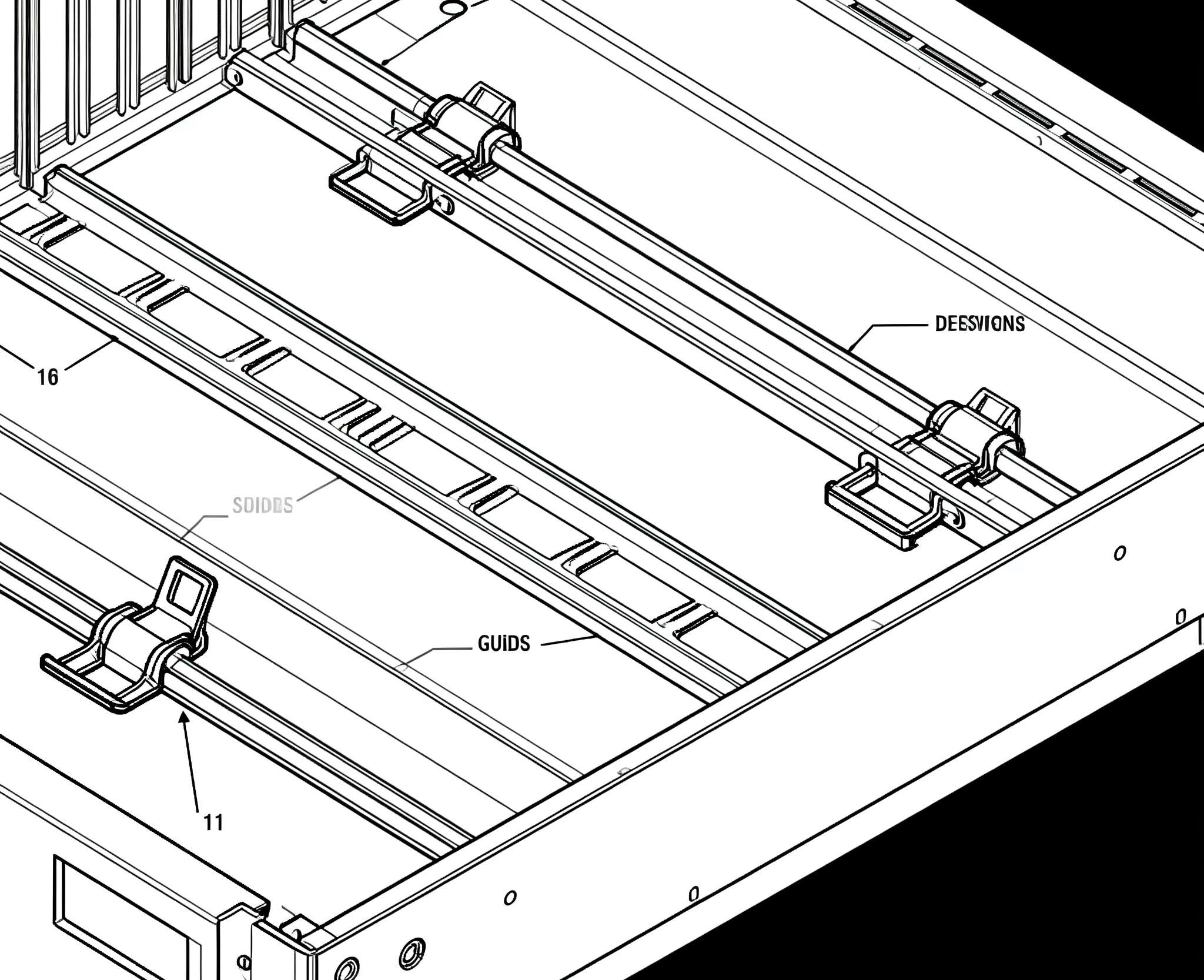
Why IStoneCase (yes, the business part)
We build GPU server cases, rackmount, wallmount, NAS devices, ITX cases, and chassis guide rails with one boring goal: keep your service simple. Our team ships OEM/ODM designs that match your airflow, cable map, and backplane rules, then we scale it for bulk orders. Data centers, AI/algorithm hubs, enterprises big and small, IT service firms, dev labs, research orgs — they all want the same thing: less downtime, fewer surprises.
- Start with the base: Dual-Node Server Case
- Go big on capacity: Dual-Node Server Case 2400TB
- Make it yours: Customization Server Chassis Service
Quick comparison table — independent trays & hot-swap design
| Feature (keyword) | Independent trays | Hot-swap design | Impact on ops | Typical use |
|---|---|---|---|---|
| server rack pc case | Separate sleds per node | Fans/PSUs/drives swap live | Shorter change windows | DC rows with strict SLAs |
| server pc case | Isolation between nodes | Backplane handles inrush | Fewer truck-rolls | Branch/edge sites |
| computer case server | Tool-less rails & latches | Front-pull carriers | Lower MTTR | Lab, dev, test at scale |
| atx server case | Modular storage packs | Hot-plug drive bays | Cleaner BOM/SKU mgmt | Mixed fleets, fast RMA |

